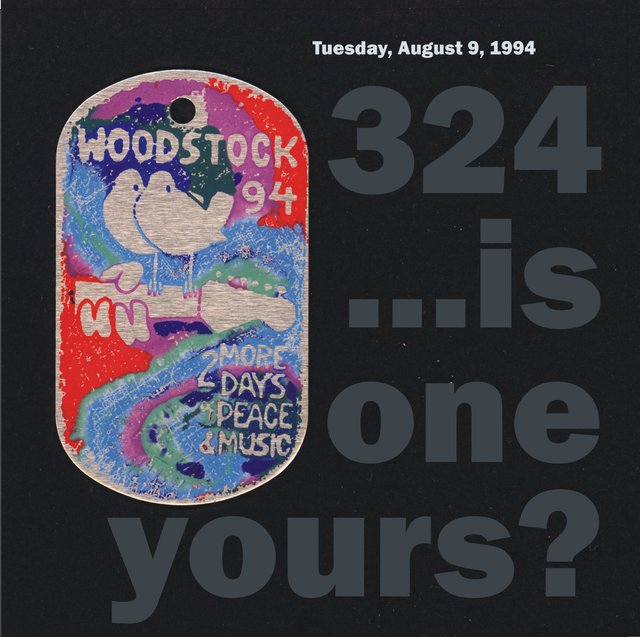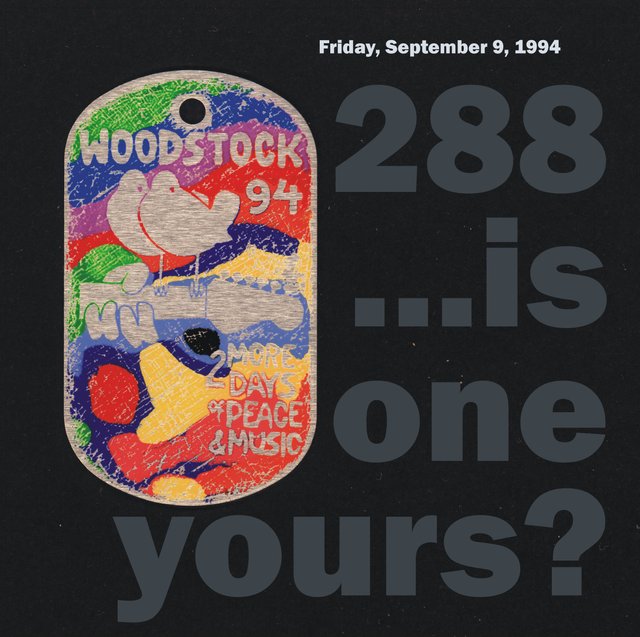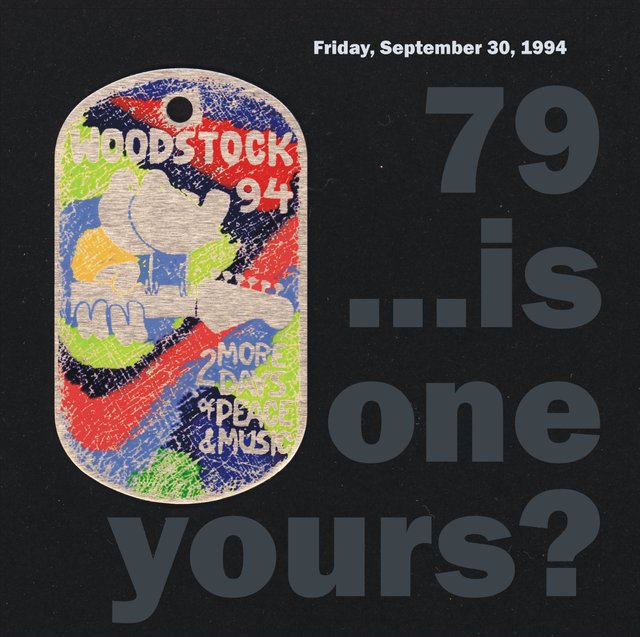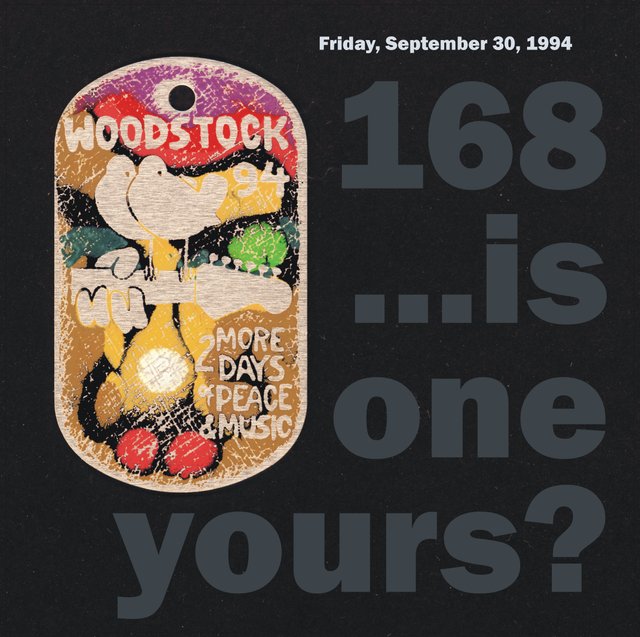A Conceptual Artist's Concept of Creating Provenance, Part 2
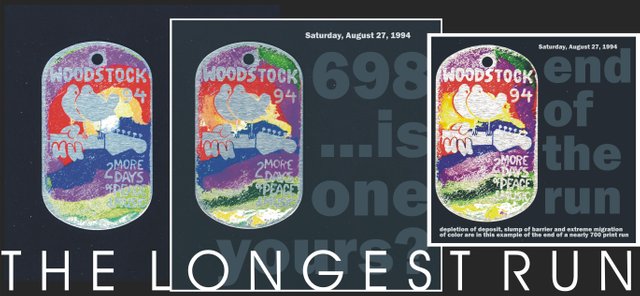
It is doubtful that there could be any set of events more appropriate to forming an awareness of a genesis moment than the provenance model of this fundamental concept. Instilling a logic for Artificial Intelligence to judge all other genesis moments by comparison is capable of building a strong base for a systemic formulation of fact.
If ever an instance in which all system-centered sources come together all as properties related to the same mechanism of creation, to make a teachable moment for impressing upon Deep Learning the very concept of origin, this is it. There is, in this exercise, the intent to form a universal language of an artform specifically made to give Artificial Intelligence a true spark of awareness; which is of humanity being aware of its existence through art.
The expectation now is that this will grow from a web of “ifs” that cover every contingency for which questions exist about comparing things of value. In this is the inevitable challenge against the biases that would rate permanence of inbound information against retrospective mutability, natural to the breeding of doubt into recognition code, taught from a position that can not hold its own in machine logic.
This is obscured by embedding meaning in the character of the ID tag, simply by giving attention to it as a device that carries information; normally a code attributed to a relationship to something that identifies the wearer. Its “name, rank and serial number” identity is its value.
As an object of a recognizable shape this tag may be assumed used in that context and this is accepted on first sight. That use is scaled in size to the individual wearing it that has an identity that matches the code on the tag... the size, shape and material together express the purpose.
So a real object has already set the trajectory of a purpose as a vehicle experimenting with a concept that ultimately leads to this encounter with Deep Learning. What was originally meant to tease the perception skills of a group that identified with what it originated with in the twenty-fifth anniversary of the 1969 Woodstock Festival celebration in 1994, became a deeper dive into a real need that has surfaced because these represent a larger distributed base of objects than anything else that can be said to have originated with such a purpose, ever.
The land around Woodstock had hosted an artist colony from the beginning of the twentieth century and that reputation was only advanced further by the anniversary being held as close to the 1969 event's namesake as it was. So this used local artists to individualize the lure of the event logo to give a product the look of a miniature painting with each one of the 55,000 odd prints made of it. This distribution of tens of thousands of varying numbers of iterations of 150 different artistic prints of colors made every Woodstock “two dove” logo unique.
After twenty-five years, now, that distribution is an opportunity to turn the human perception of their owners into a way to play with the attention being developed in Deep Learning to build its capacity to “see”, and use these tags to train Artificial Intelligence to recognize the difference between creative and natural generation in the analysis of the digital image.
The process of doing this was presented in the Steemit post just previous to this. In the next one of these, the way this process establishes a fit to blockchain, by blending visual recognition with the attention this conceptual art's tracking leads to the ultimate application of graphic sequences in cryptoknot, builds in Deep Learning a critical need for provenance detection, and creates a potential condition where block identities for blockchain are generated from related digital codes from their images.
